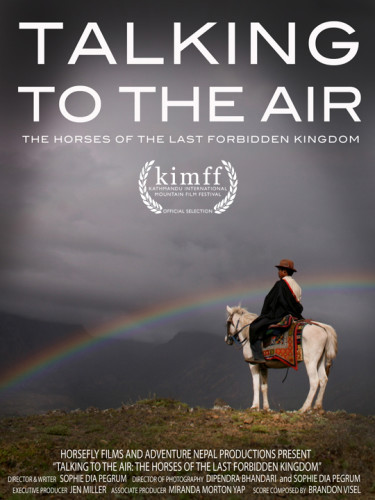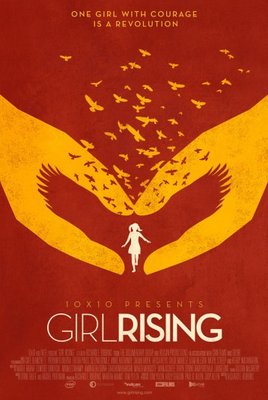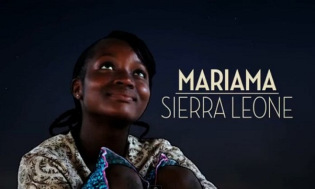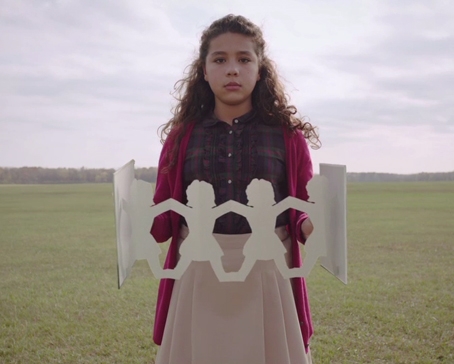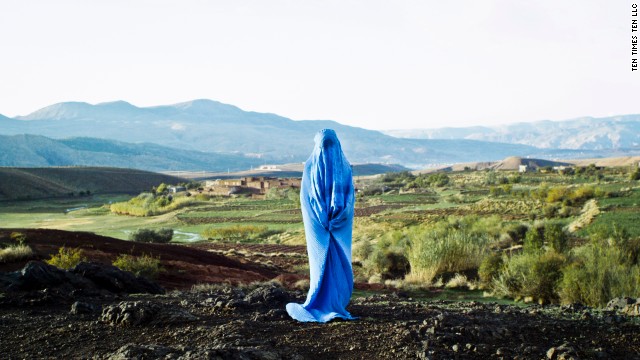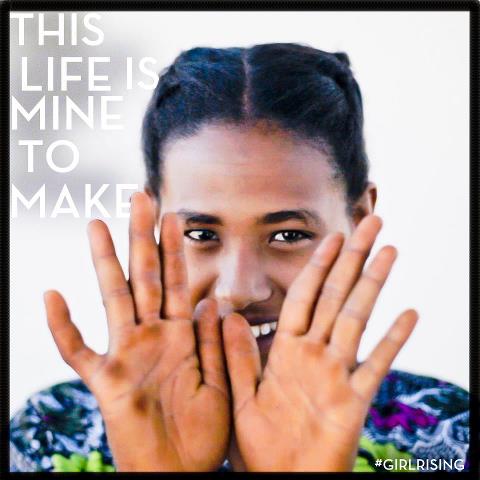This is a guest post by Sophie Dia Pegrum.
A voice. After filming a day in the life of a young woman of Jumla, Nepal, we asked her whether she considered the physical burdens of her life fair in comparison to her young husband. She thought about it for a long time. I sat, exhausted, watching her thoughts pass across her face from my position behind the camera. As the co-director and DP, I had spent what I considered a fairly grueling day arising before dawn, hauling my first world gear several miles up a mountain pass to follow this young woman while she searched for firewood, chopped it, and carried a seemingly impossible load back down the steep mountain path. The morning’s trek was engaged at a rather leisurely pace by her standards due me getting all the shots I wanted while desperately searching for my inner mountain filmmaker goat. This was just the beginning of a long day which also involved her journey across the village to milk a cow, cook meals for her husband’s family, and to hand clay wash the front of their stone house using freezing water. Her husband had been hanging out in the village most of the day and had decided to go to the river to fish in the afternoon.
Families in Jumla will often spend their limited resources educating their sons, for as soon as a young girl is married, she goes to live with the family of her husband, and essentially becomes their scullion. Why use the little assets a family has to educate the daughters who will essentially marry into a life of drudgery?
Still searching for a way to answer our question of fairness, the young woman of Jumla, sitting wearily before me, looked quizzically at our translator.
Our translator said: “She’s asking what ‘fair’ means.”
How do you find another way to ask this question? For us, the educated women of the industrialized nation, who stand on the shoulders of our sisters who have fought for our equality, we cannot un-know this history. We are as puzzled by the idea of not conceiving of equality, as the young woman of Jumla, who knits her eyebrows, trying to comprehend the concept. Moreover, what good will it do her to try to answer this question. For even if her life was unfair, what could she do to change it?
We spent time on and off over the next three years, embedded in the same village, observing many similar stories and capturing the immense spirit and strength of the women in this remote place in the foothills of the Himalaya. In the beginning, some women were too shy to even consider talking to us, but often, many women who had never been asked their opinion, began to express themselves in front of the camera, and we saw a subtle shift.
I had often questioned our presence as two women filmmakers, and the impact we may be having. Certainly, both being about six feet tall, we were often a source of local entertainment as we constantly hit our heads on low ceilings and doors and crammed ourselves into small corners of smokey kitchens to film. Though loaded with irony for my own personal reasons, being lovingly referred to by the locals as the “cameraman,” I enjoyed the moniker that to them, represented professionalism.
Over time, we recorded the myriad voices of women here, especially in their song. Women sang in the fields as they worked together, their strains echoing uphill as they disappeared with their baskets to collect wood. They sang in their kitchens in the evening after the days work was done and they sang together while they pounded corn. They sang for us and asked us to share our songs. My co-director and I tried to figure out if there was another song aside from “Happy Birthday” that we both knew the words to.
Women who had never been asked to air their opinions were sometimes surprised by their own voices. Often uneducated, they hadn’t had the opportunity to create the thought patterns which allowed them to form their own judgements and ideas, or create a view of themselves in the world. One woman told us that she didn’t feel that she could take a free class being offered by a local charity because she didn’t think she was capable of learning.
One of the most poignant memories I have was at the end of an interview we did with a man who was running a tea shop and inn with his wife and children. As I was packing away the camera he came to us and said that he would reconsider the education of his own daughters. He said that watching us operate “technical things” made him appreciate that perhaps his daughters had more potential than he had realized. He now understood and believed that women could do things like that and he wanted his daughters to have this opportunity.
Women will still have to find their voices, but within this complex and embedded societal structure, men will need to stand alongside them too and this requires better education for all and a deep shift in thinking.
Our film, Daughters of the Curved Moon, will be coming out in the next year and I am looking forward to sharing the inspiring story of these communities with a wider audience. I am also finishing up another documentary I shot on the roof of the world called Talking to the Air, which I am crowd-funding at Seed&Spark. My ability to articulate my voice as a filmmaker comes from the determination of so many others before me. In turn, I wish to use this channel to tell authentic stories of humankind that promote a sense of wonder in us all, and to share the voices of those that are still struggling to find their forum. After working in the high Himalaya, I am now also determined to learn some new songs.
Sophie Dia Pegrum is a director and cinematographer who has produced and shot films in the Antarctic, at the North Pole and in the Himalayas including 77 Below and Daughters of the Curved Moon. Sophie co-owns Horsefly Films and the Rare Equine Trust and produces docs about rare horses and fragile horse cultures worldwide. She is currently finishing a film she shot on the Tibetan border titled Talking to the Air: The Horses of the Last Forbidden Kingdom.
